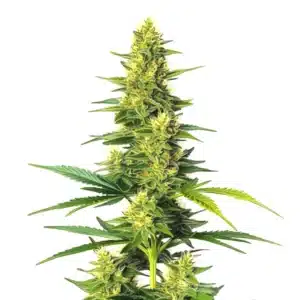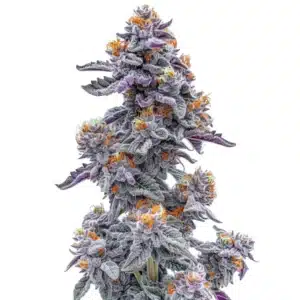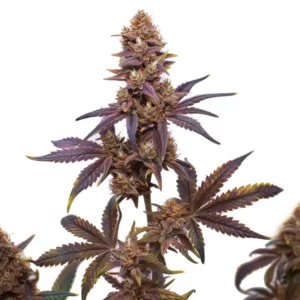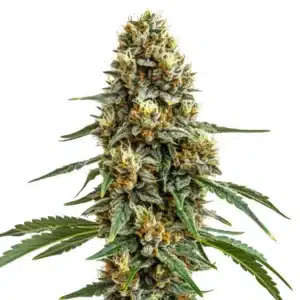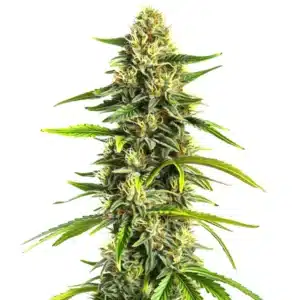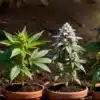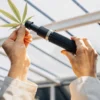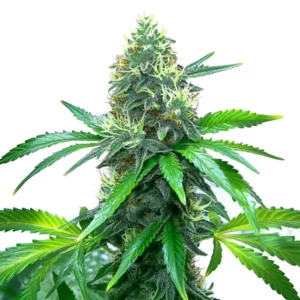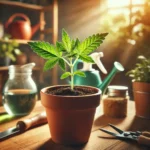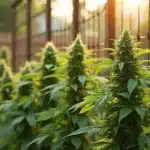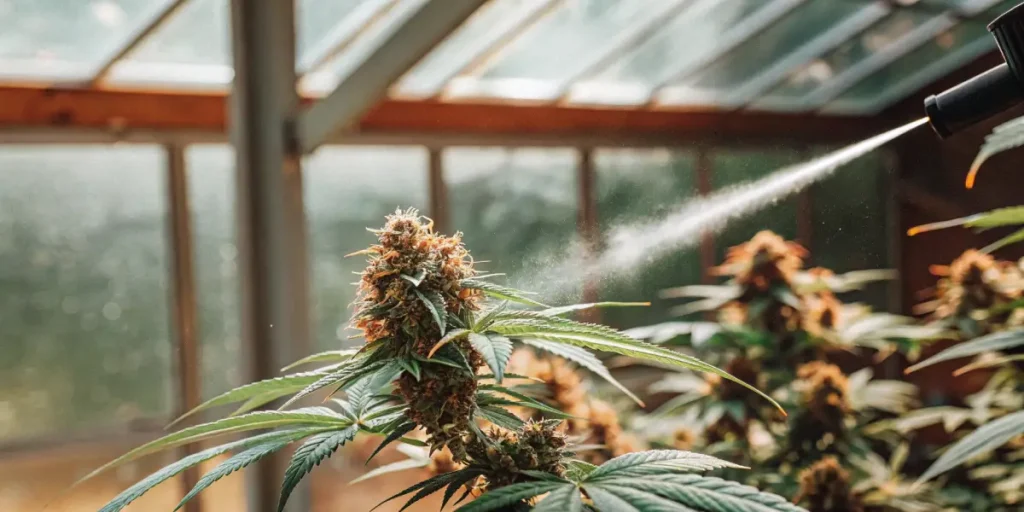
The Invisible Messenger: How Ethylene Controls Your Cannabis Flowering
Let’s talk about the invisible messenger that lives inside your cannabis plant. You can’t see it or smell it, but a natural, gaseous plant hormone called Ethylene is the secret conductor of your plant’s entire flowering phase. It’s the voice that whispers to your plant, “Hey, it’s time to stop growing leaves and start making buds.”
Understanding this messenger is the key to a truly spectacular harvest. Because while ethylene is essential, if the plant produces too much or too little, it can lead to disaster, stunted growth, airy buds, or even stress-induced hermaphrodites.
Recommended Strains
Auto White Widow CBD
|
|
CBD | 10% – 12% (Medium) |
|
|
Type | CBD Autoflowering |
|
|
Yield | Low |
|
|
Phenotype | 40% Indica / 60% Sativa |
Ooze
|
|
THC | 19% - 23% (Medium) |
|
|
Type | Feminized |
|
|
Yield | Medium |
|
|
Phenotype | 70% Indica / 30% Sativa |
So, how do you, the grower, control this invisible force? You don’t need a fancy machine. You just need to master the most fundamental aspect of your entire grow.
The Master Control Switch for Hormones: Your pH
Here’s the secret that connects this complex science to your daily routine. A cannabis plant cannot produce and regulate its own hormones, including ethylene, if it’s stressed or struggling to absorb nutrients. And the number one cause of that kind of internal chaos is a bad pH.
The foundation for healthy hormonal balance is a rock-solid, stable pH. For your soil grow, this means keeping your watering pH locked in at 6.0 and ensuring your soil itself stays within the healthy 6 to 7 range. A plant living in a perfect pH environment is calm, healthy, and has the energy and resources to manage its own ethylene production perfectly. An unstable pH is the fastest way to send its internal messaging system into a panic.
Promos & Deals
Speaking the Plant’s Language: Environmental Triggers
Once your pH is stable, you can use other environmental factors to send the right signals to your plant and encourage a perfect flowering cycle.
The main signal, of course, is flipping your lights to a 12/12 schedule. This is the loud alarm bell that tells the plant to start producing ethylene. But you can support this process by mimicking the gentle arrival of autumn. Slightly warmer temperatures and controlled humidity at the start of flower encourage a healthy ethylene response.
But be warned: too much environmental stress, especially excessive heat, can cause your plant to panic and produce too much ethylene. This is what leads to problems. The plant thinks it’s going to die, so it rushes its reproduction, resulting in stretched, airy buds or even producing male flowers in a last-ditch effort to pollinate itself.
Your job as a grower is to provide stability. When you Cultivate with a focus on the fundamentals like pH, you allow vigorous strains like Blue Dream, White Widow, or OG Kush to do what they do best. You Nurture the environment, and the plant will handle its own internal chemistry, letting ethylene do its job of ripening your buds to their maximum size, density, and potency.
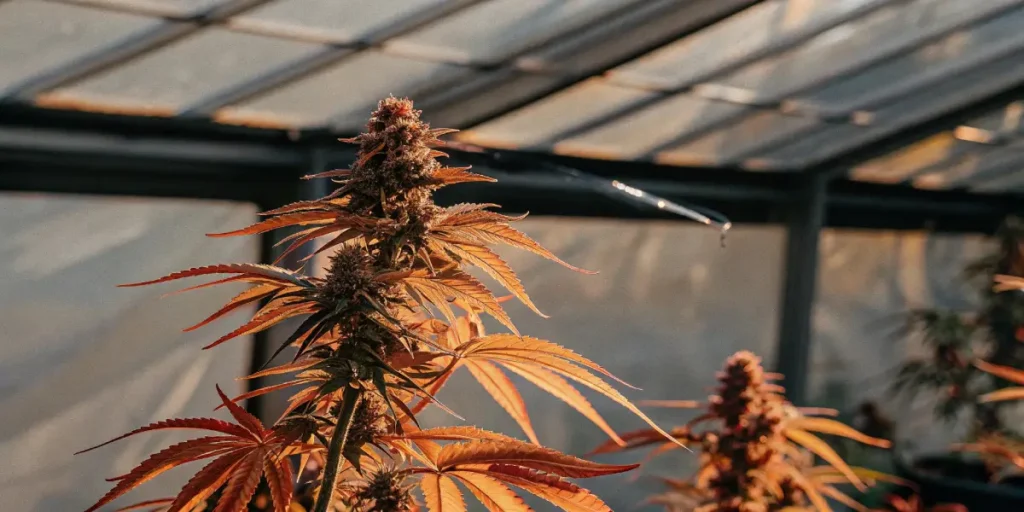
Frequently Asked Questions
What is ethylene in simple terms?
Think of ethylene as the invisible “flowering hormone” in your cannabis plant. It’s a natural gas the plant produces internally that acts as a signal. It’s what tells the plant to stop vegetative growth and start the process of creating and ripening its buds.
What is the most important thing I can do to help my plant manage its ethylene levels?
Master your pH. A cannabis plant can only properly regulate its internal hormones, including ethylene, when it’s living in a low-stress environment with perfect access to nutrients. Maintaining a stable watering pH of 6.0 (for soil) is the single most important factor in ensuring the plant is healthy enough to manage its own flowering cycle correctly.
Can too much ethylene be a bad thing?
Absolutely. If a plant is severely stressed (especially by excessive heat), it can overproduce ethylene in a panic. This hormonal panic can lead to stretched, airy buds that don’t dense up, or in worst-case scenarios, it can even cause the plant to become a hermaphrodite.
Besides flipping the lights, what environmental changes encourage a healthy flowering response?
Mimicking a gentle, warm autumn can help. After you flip your lights to 12/12, ensuring the temperature is comfortably warm (but not hot) and the humidity is controlled tells the plant that it’s the peak of the “season” and the perfect time to reproduce. This encourages a smooth, healthy hormonal transition into the flowering stage.


